The moment of clarity came last Christmas as I stood knee-deep in a sea of discarded wrapping paper, ribbons, and packaging in my parents’ living room. My six-year-old niece Lucy had just declared the present-opening portion of the day officially over, and I watched in mild horror as my brother Tom began the traditional post-Christmas stuffing of three massive bin bags – one for recyclables, one for landfill, and one for “not sure but let’s pretend it’s recyclable to feel better about ourselves.”
I had a proper pang of guilt looking at the mountain of waste. Here I was, self-proclaimed gift guru, actively contributing to what was essentially a festive environmental nightmare. While I’d spent weeks obsessing over finding the perfect presents, I’d given barely a thought to the fact that my meticulously chosen wrapping paper, most of it containing non-recyclable glitter or foil, would enjoy roughly 12 seconds of appreciation before being unceremoniously ripped apart and binned.
“Bit mad, isn’t it?” my dad commented, nodding toward the waste bags while nibbling on a mince pie. “All that bother just to make more rubbish.”
He wasn’t wrong. According to conservation groups, Brits throw away approximately 227,000 miles of wrapping paper each Christmas – enough to stretch nine times around the globe. Not to mention the 40 million rolls of sellotape and those impossible-to-recycle shiny gift bags that seem to multiply in cupboards across the nation.
The next day, still feeling guilty about my contribution to the Great Christmas Rubbish Heap, I found myself absentmindedly collecting the packaging from a delivery that had arrived – a sturdy cardboard box, some interesting crinkled brown paper, a length of twine that had secured it all. I was about to shove it in the recycling when I paused. The cardboard was thick and unblemished on one side. The paper had an interesting texture. The twine was perfectly good.
It was my lightbulb moment. Why was I binning perfectly usable materials only to go out and buy more wrapping supplies? As someone who prided herself on thoughtful gifting, shouldn’t the presentation of those gifts reflect the same care and consideration – not just for the recipient but for the planet we all share?
That was three years ago, and since then I’ve gone full eco-warrior on the gift wrapping front. Not in a joyless, sackcloth-and-ashes sort of way, mind you – I still think presents should look beautiful and special. But I’ve discovered that sustainable gift presentation can actually be more creative, more personal, and frankly more impressive than the mass-produced shiny stuff I’d been using before.
My first experiments with repurposed packaging were admittedly a bit rough around the edges. For my friend Priya’s birthday that January, I wrapped her present in a flattened cereal box turned inside out and decorated with pressed flowers I’d saved from a bouquet. It looked… homemade. Very homemade. The kind of homemade that makes people tilt their head and say, “Oh, you made this yourself, didn’t you?” in that special tone that’s simultaneously impressed by your effort and slightly concerned for your aesthetic judgment.
Priya, bless her, pretended it was the most amazing wrapping she’d ever seen. But the truth was, I had a lot to learn about transforming everyday packaging into something genuinely beautiful.
Over the following months, I became weirdly obsessed with other people’s rubbish. I started seeing potential in everything. The tissue paper cushioning a delivery of wine glasses. The sturdy boxes from online shopping. The interesting brown paper that came wrapped around a bouquet of flowers. The string securing a package from a boutique clothing shop. Even the mesh bags that supermarket oranges come in started to look like potential gift adornments.
Charlie began giving me concerned looks when I’d dive into recycling bins to retrieve “perfectly good” paper bags or cardboard. “You’ve got that gleam in your eye again,” he’d say when I’d reverently smooth out tissue paper from a gift I’d received, carefully folding it away for future use. My kitchen drawer dedicated to saved ribbons, twine, and interesting scraps of paper grew alarmingly quickly. I was turning into one of those war-time grannies who save every scrap of string “just in case.”
But the results of this minor obsession have been genuinely rewarding. Not only have I dramatically reduced the waste associated with my gift-giving, but I’ve also discovered that repurposed packaging often creates more memorable and distinctive presentations than conventional wrapping ever did.
Take brown paper packages, for instance. There’s something inherently charming about the simplicity of brown paper (easily sourced from shipping packages or paper grocery bags turned inside out). Dressed up with sprigs of fresh herbs from the garden, simple twine, and perhaps a handwritten tag made from an old greeting card, they have a rustic elegance that mass-produced wrapping paper can’t match. For my dad’s birthday last year, I wrapped his books in brown paper saved from an Amazon delivery, tied with twine from another package, and tucked sprigs of rosemary from our garden under the string. It looked like something straight out of a lifestyle magazine’s “natural Christmas” feature – but cost absolutely nothing and created zero new waste.
Fabric wrapping has become another favorite technique. The Japanese have been practicing Furoshiki – the art of fabric gift wrapping – for centuries, and it’s brilliantly simple once you get the hang of the folding techniques. I started with obvious sources like old scarves and bandanas but quickly discovered that charity shops are gold mines for beautiful fabric scraps, vintage handkerchiefs, and even silk ties that can be opened at the seams to create stunning wrappers for small gifts.
For my friend Mark’s wedding gift, I wrapped a set of specialty cocktail glasses in a vintage silk scarf I’d found at a charity shop for £2. The technique was dead simple – just place the item diagonally on the square of fabric, bring opposite corners together, knot, and suddenly you’ve got an elegant package that needs no tape or ribbon. Mark’s husband later told me they’d repurposed the scarf as a pocket square, which felt like the perfect full-circle moment for a sustainability experiment.
Old maps and vintage sheet music make gorgeous wrapping paper alternatives and can often be found cheap as chips in charity shops when they’re too damaged to be useful for their original purpose. I wrapped Charlie’s birthday presents in pages from a falling-apart atlas we were going to recycle, focusing on places we’ve traveled together. Not only was it more sustainable than conventional wrapping, but it was also more meaningful – each package referenced a specific memory from our travels.
Newspaper might seem like an obvious choice, but it can look surprisingly sophisticated with the right presentation. The key is being selective – the financial pages create a nice neutral background, while colorful supplements can be chosen to match the recipient’s interests. For my sports-mad brother, I used pages from the football section featuring his team’s latest victory, tied with simple baker’s twine salvaged from packaging. He appreciated the personalisation far more than he would have generic wrapping paper.
Food packaging offers incredible potential once you start looking at it creatively. Those cylindrical oatmeal containers? Perfect for oddly shaped gifts once covered with repurposed paper. Fancy chocolate boxes with magnetic closures? Ideal for presenting jewelry or small gifts once recovered with fabric scraps. Even humble egg cartons can be transformed into gift packaging for delicate Christmas ornaments or other small items.
The most successful repurposed packaging often combines several salvaged elements. For my niece’s birthday, I created a “treasure chest” from an old wooden clementine crate. I stained it with leftover tea bags, added a simple clasp made from a bent paperclip, and lined it with the crinkled gold paper that had come wrapped around a fancy chocolate purchase. Inside, each small gift was wrapped in different repurposed materials – a tiny box made from an old Christmas card, a pouch sewn from a scrap of sparkly fabric left over from another project, a tube made from a toilet paper roll covered in decorative paper saved from another gift. She was delighted by the presentation and has kept the box to store her own treasures.
Ribbons and embellishments are where creativity can really shine. I’ve made “ribbons” from strips of colorful magazine pages folded accordion-style, twine adorned with dried orange slices, yarn salvaged from old jumpers, even flexible twigs twisted into rustic bows. Pine cones, fallen leaves pressed and dried, springs of evergreen in winter, lavender in summer – nature provides free, biodegradable embellishments that add a seasonal touch to any package.
Of course, there have been plenty of disasters along the way. The time I attempted to make gift bags from old calendar pages, only to have them disintegrate as soon as any weight was added. Or my experiment with homemade potato-print wrapping paper that remained stubbornly damp for days and eventually molded slightly before being hastily replaced with something less science-experiment-like. Let’s not discuss the Great Glitter Incident of 2022, where my attempt to repurpose an old greeting card resulted in what looked like a fairy massacre all over my dining table.
But the successes have far outweighed the failures, and the learning process has been genuinely enjoyable. There’s something deeply satisfying about creating something beautiful from materials that would otherwise be discarded. It connects gift-giving to older traditions, when people couldn’t just pop to Paperchase for matching gift wrap and tags, but had to use creativity and available materials to make presents special.
Beyond the environmental benefits, I’ve discovered that repurposed packaging often carries more meaning than conventional wrapping. When I wrapped my grandmother’s birthday present in pages from her favorite cookbook that was falling apart beyond repair, she was moved to tears recognizing the source. “You remembered,” she said, running her fingers over the familiar recipes. That kind of emotional connection rarely happens with mass-produced wrapping paper, no matter how pretty the pattern.
I’ve also found that sustainably wrapped gifts often receive more attention and appreciation during the unwrapping process. There’s something about the obvious care and creativity involved that makes people slow down and notice details they might otherwise rush past in the excitement of getting to the gift inside. My friend Sonia actually gasped when she unwrapped the book I’d given her, covered in paper made from pressing wildflowers between pages of an old phone directory, secured with twine and a sprig of lavender. “This is too beautiful to open,” she protested, carefully untying the string instead of her usual enthusiastic ripping.
For those wanting to dip a toe into more sustainable gift presentation, I recommend starting small rather than attempting a complete overhaul all at once. Begin by saving and reusing gift bags, tissue paper, and ribbons from gifts you receive – the easiest entry point to more sustainable gifting. Learn one simple fabric wrapping technique for small gifts. Experiment with using brown paper packages dressed up with natural elements or drawings. Keep a drawer or box for collecting interesting potential wrapping materials rather than automatically binning them.
Sustainable gift wrapping doesn’t have to be perfect to be worthwhile. Even small changes make a difference. If every household in Britain reused just two feet of holiday ribbon, the saved ribbon could tie a bow around the entire planet. If every gift I give uses repurposed materials rather than new wrapping paper, that’s dozens of square feet of paper saved annually. Multiply that by millions of gift-givers making similar choices, and suddenly we’re talking about meaningful change.
Last Christmas looked very different at my parents’ house. After gifts were opened, Tom went around with just one small bag for the few truly unrecyclable bits. Most packages were carefully unwrapped rather than torn, with fabric wrappings folded for reuse, paper saved for crafts, and natural embellishments added to the compost. The living room floor remained blessedly free of the usual debris field of discarded wrapping.
“Well, this is different,” my dad commented, looking around at the notable lack of rubbish. “Much better, isn’t it?”
It was indeed. And when my niece asked if she could keep the fabric I’d used to wrap her gift – a vintage handkerchief I’d found with daisies embroidered in the corners – to wrap her doll’s “presents,” I knew the sustainable gift wrap revolution had claimed another convert.
Beautiful gifts deserve beautiful presentations. But that beauty doesn’t need to come at the expense of our planet. Some string saved from a package, paper repurposed from a delivery, natural elements gathered from the garden, and a bit of creativity can create gift wrap that’s not just eco-friendly but often more memorable, meaningful, and impressive than anything you could buy in a shop.
The best part? When someone compliments your gorgeous gift presentation, you get the double satisfaction of having created something beautiful AND diverted materials from the waste stream. Talk about a gift that keeps on giving.
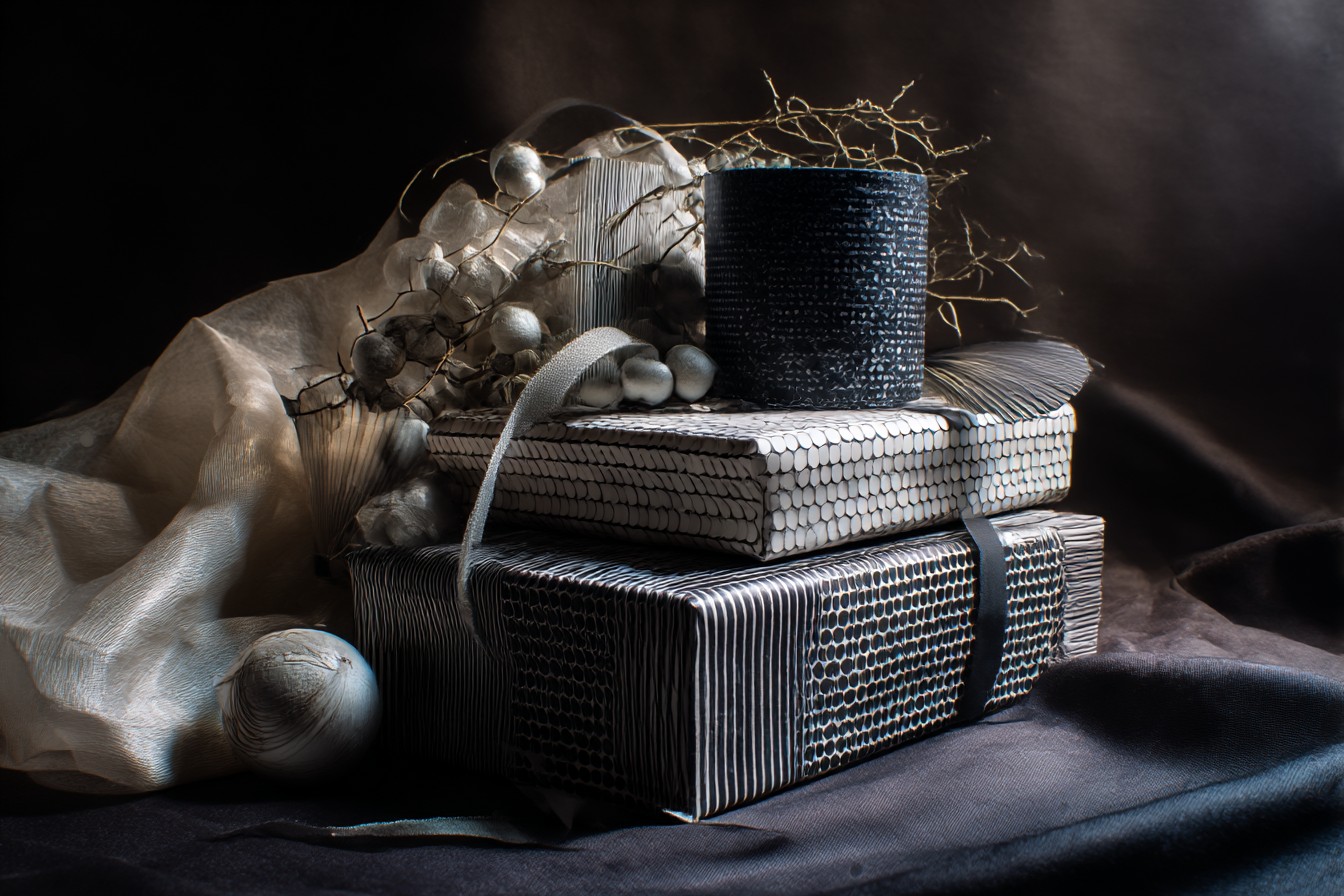
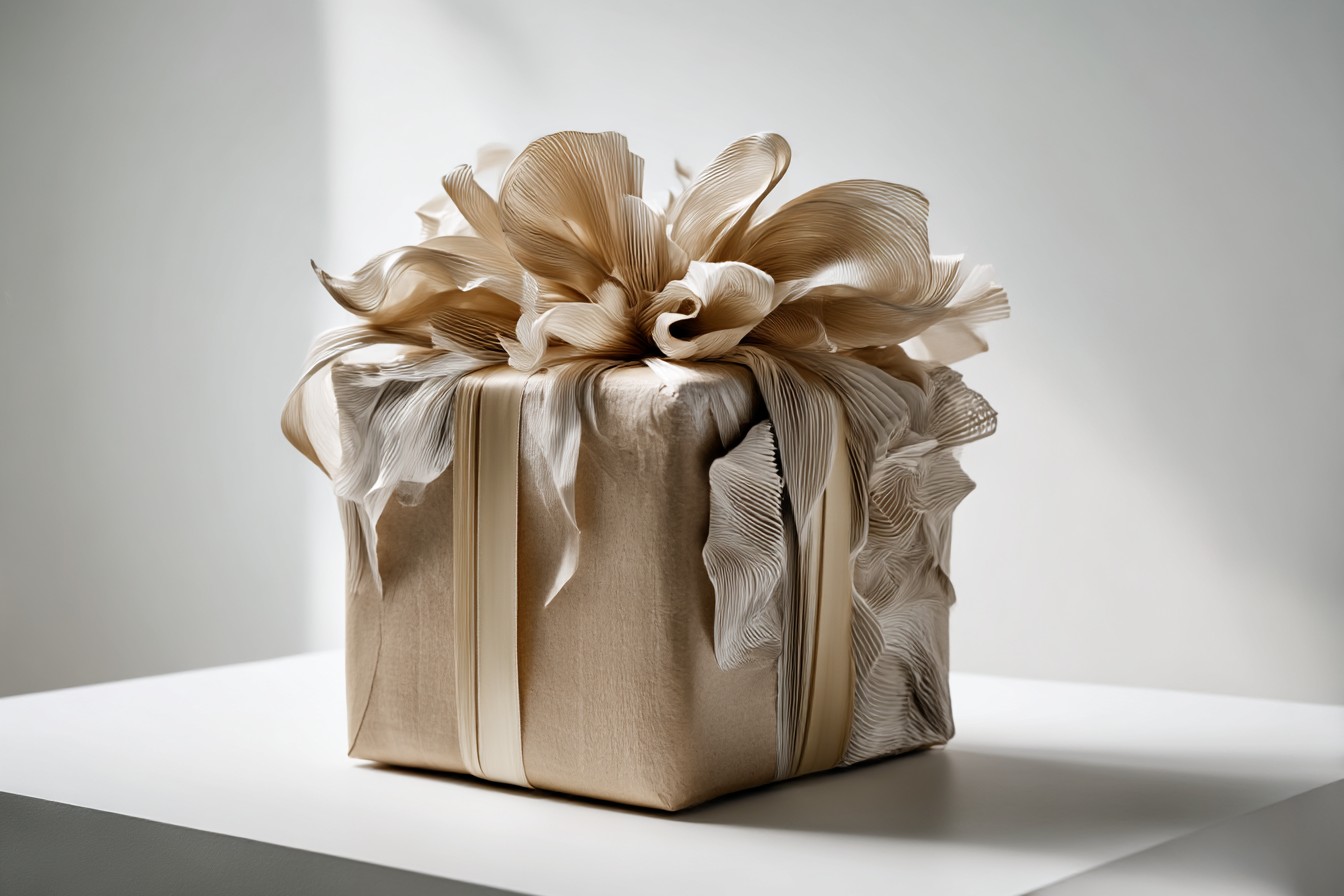
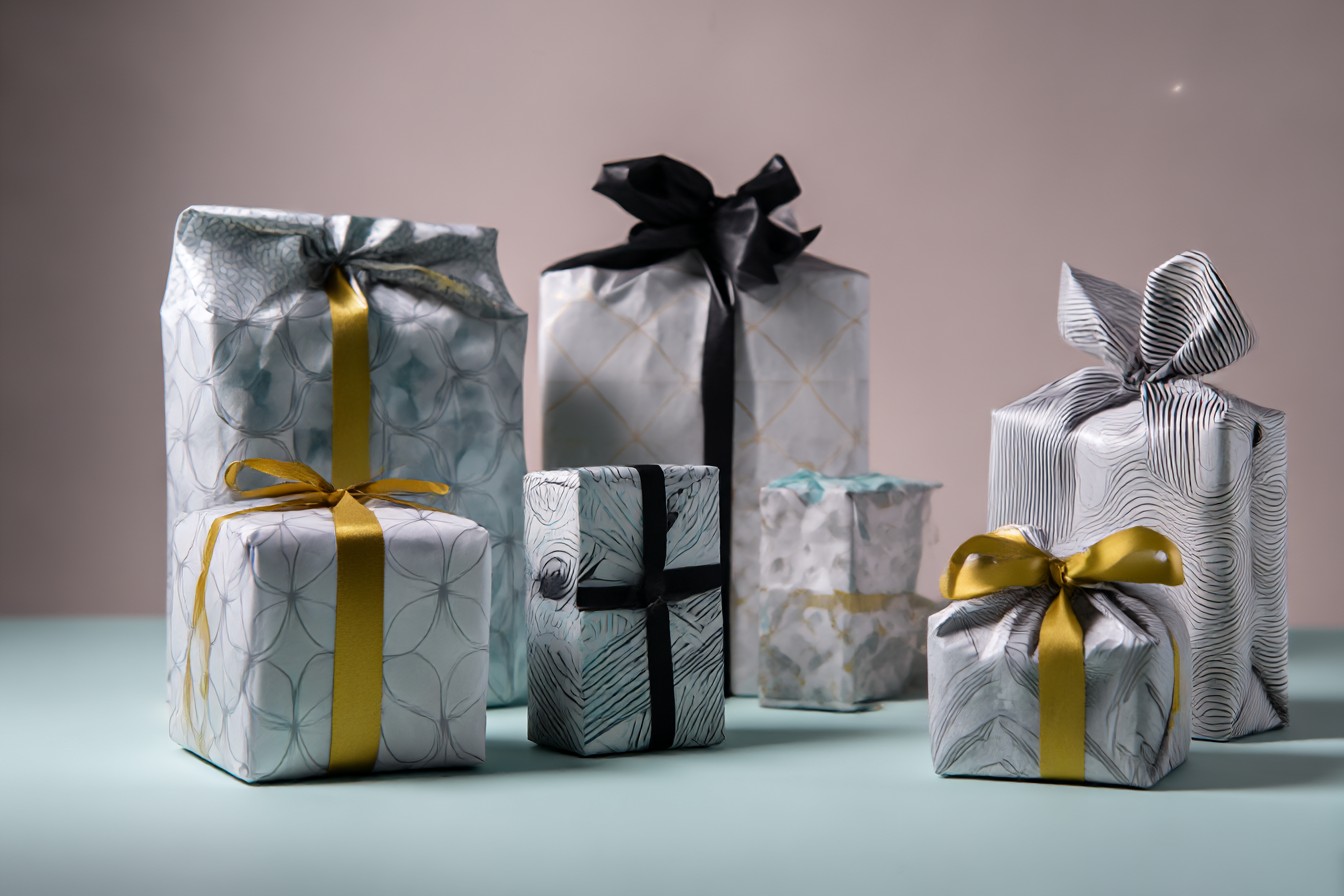
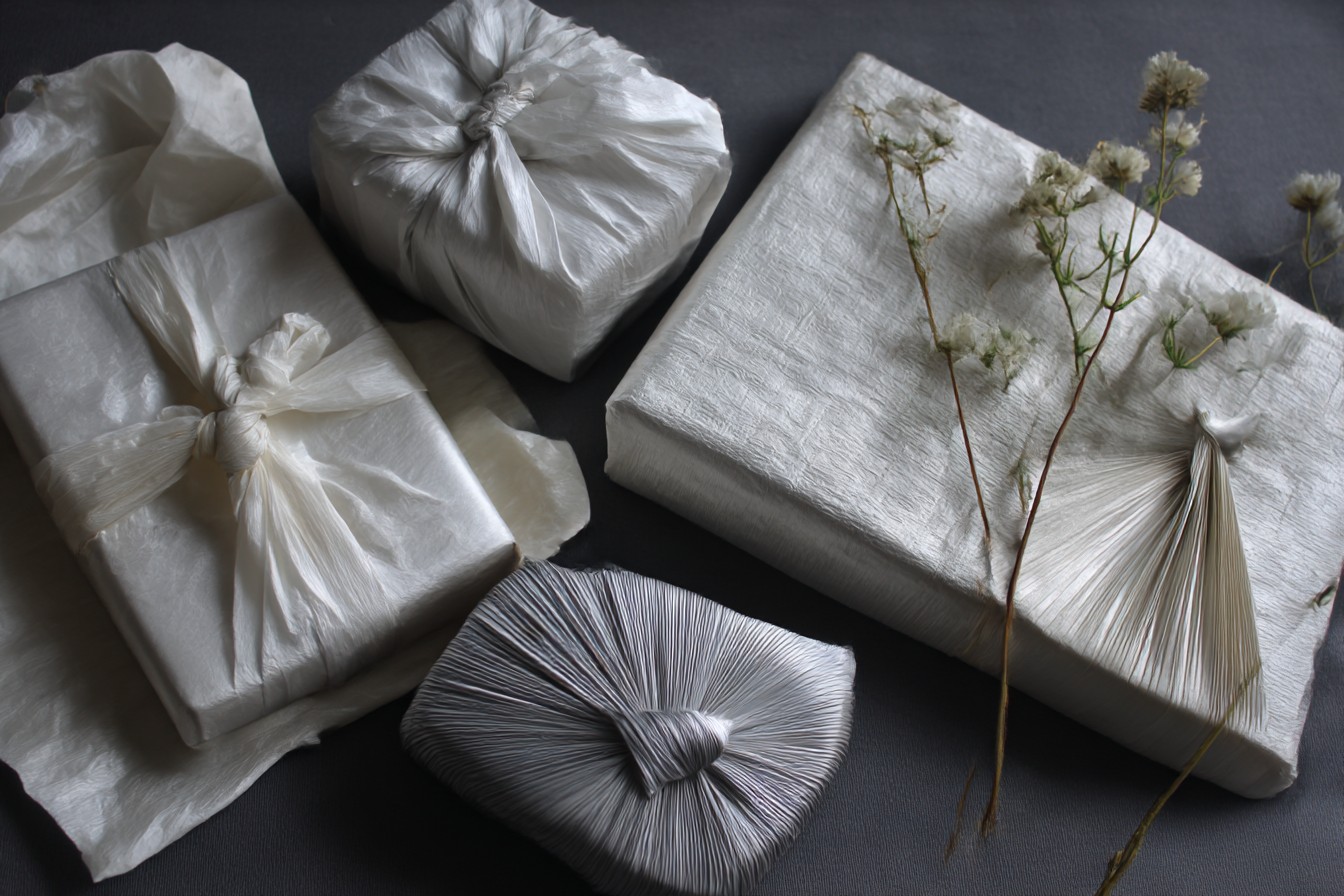
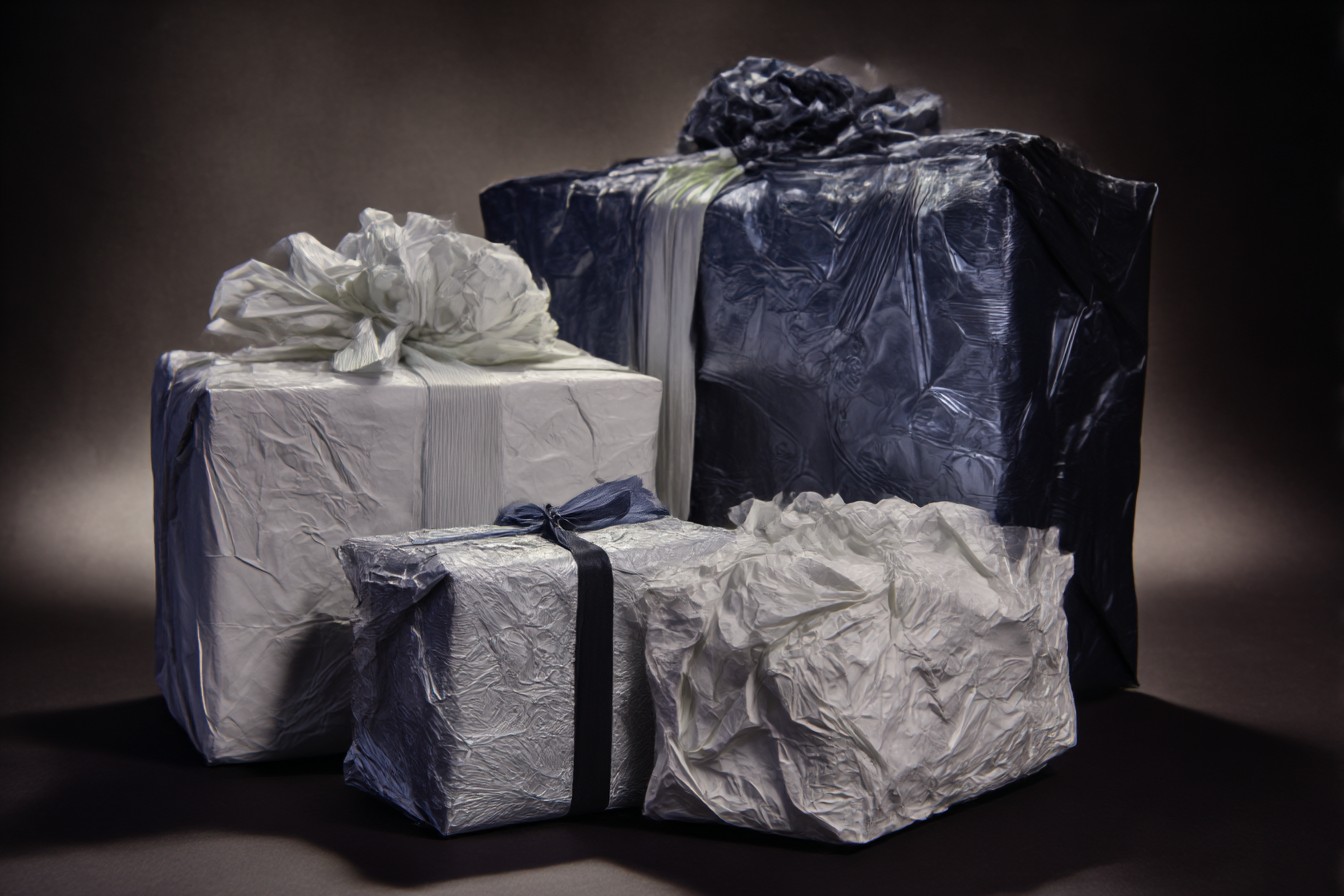
Leave a Reply